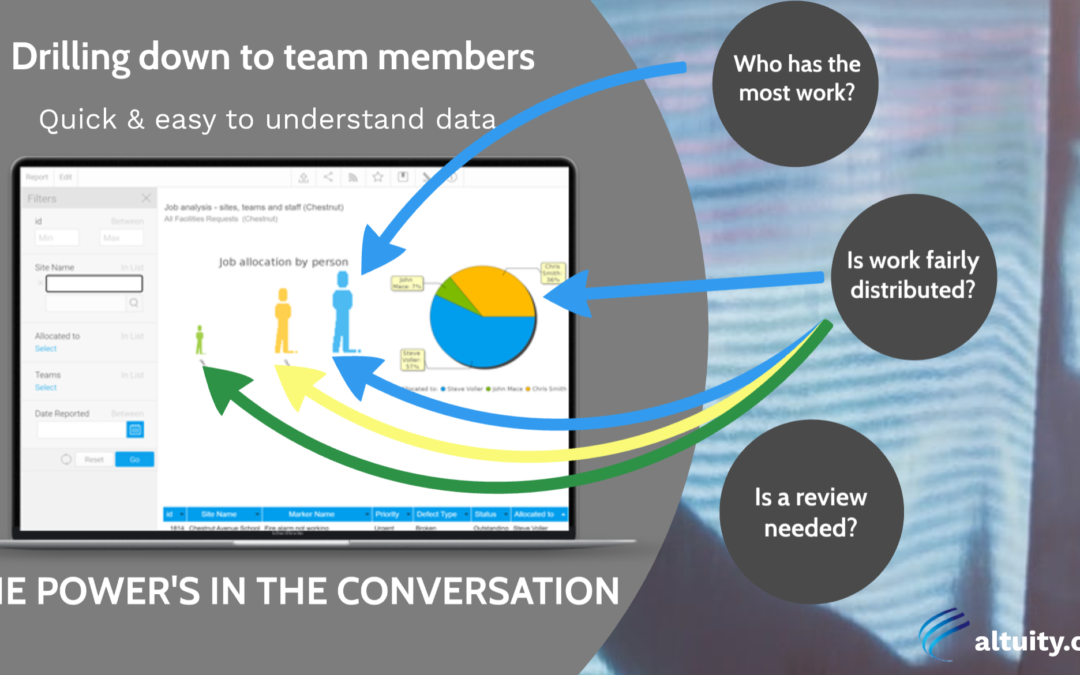Multi-Academy Trusts (MATs) offer numerous benefits such as shared resources, collaborative learning environments, and increased autonomy. However, amidst the complexity of managing multiple schools under one umbrella, MAT leaders often grapple with the daunting task of management reporting across estates data. This essential process involves aggregating, analyzing, and disseminating data across the trust to inform strategic decision-making in asset, maintenance and compliance management. Before we look at 8 ways to improve your MATs estate reporting let’s briefly look at some common challenges.
Data Fragmentation
Each school within the trust may use different systems and processes for collecting and storing information, resulting in disparate data sources that are difficult to reconcile. This lack of standardization can impede the accuracy and consistency of reporting, making it challenging for trust leaders to gain a holistic view of performance and resource allocation.
Lack of Interoperability/Reporting capability
Interoperability issues between various systems compounds the problem, requiring significant time and effort to integrate data from multiple platforms. This inefficiency not only slows down the reporting process but also increases the likelihood of errors and inconsistencies, undermining the trustworthiness of data insights.
Alternatively an existing system may lack sufficient reporting capability meaning that data needs to be exported, for example, into spread sheets for analysis – taking time, effort and increasing staff costs. All the time reducing the immediacy of the information being produced.
Inability to Scale
As MATs expand and incorporate more schools the volume and complexity of the estate’s data inevitably grows. Managing reporting processes across a larger and more diverse portfolio of schools requires robust infrastructure, skilled personnel, and sophisticated analytics tools. Without adequate resources and systems in place, trust leaders may struggle to keep up with evolving reporting requirements, leading to delays and inaccuracies in decision-making.
Similarly the data being reported on scales not just in terms of volumes but type. It needs to include assets, reactive maintenance, future capital works, compliance and increasingly real-time data from IoT devices such as air quality sensors.
Data accuracy and Compliance
Ensuring data accuracy and compliance poses a persistent challenge for MATs. With stringent regulatory requirements and accountability measures governing the education sector, trust leaders must navigate a maze of regulations and standards to ensure their reporting practices adhere to legal and ethical guidelines. Failure to do so can result in reputational damage, financial penalties, and even legal repercussions.
Solving these management reporting challenges in a MAT requires a strategic and comprehensive approach that addresses the underlying issues of data fragmentation, interoperability, scalability, accuracy, and compliance.
8 ways to improve your MATs estate reporting
1. Standardize Data Collection and Reporting Processes
Implement uniform data collection protocols and reporting templates across all schools within the trust. This standardization ensures consistency and comparability of data, making it easier to aggregate and analyse information at the trust level.
2. Invest in Integrated Technology Solutions
Adopt integrated management information systems (MIS) that facilitate seamless data integration and interoperability between different systems used by schools within the trust. These centralized platforms streamline reporting processes and enable real-time access to critical information.
Using an MIS as a data integrator does however require on-going technical and management oversight. For example, if different systems are in use tracking and understanding the impact of data changes at the school-level on centralized reports.
Investing in a cloud-based MIS will remove the headaches of needing to manage the hardware infrastructure to support an expanding school network and an increase in data volumes.

3. Provide Training and Support
Offer training and support to school staff on data management best practices and the use of reporting tools. Empowering staff with the necessary skills and knowledge ensures data accuracy and enhances the efficiency of reporting processes.
4. Establish a Data Governance Framework
Develop a robust data governance framework that outlines policies, procedures, and roles/responsibilities related to data management and reporting. This framework should address data security, privacy, quality control, and compliance with regulatory requirements.
5. Implement Performance Metrics and KPIs
Define key performance indicators (KPIs) and metrics aligned with the trust’s strategic objectives. Establish clear benchmarks for performance evaluation and regularly monitor progress against these metrics to track the effectiveness of estates management processes and resource allocation.
You can use these KPI’s for measuring internal performances as well as adherence to Service Level Agreements (SLA) for external contractors.
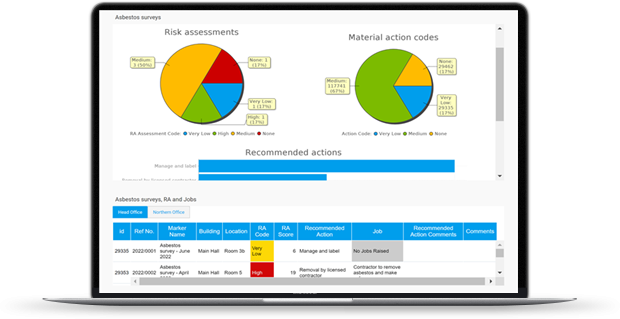
6. Enable Data Analytics and Visualisation
Leverage data analytics and visualisation tools to derive actionable insights from large datasets. These tools enable trust leaders to identify trends, patterns, and areas for improvement, facilitating informed decision-making and strategic planning. These can be specialist dashboard tools which provide the ability to interface to data in external systems and then use that for reporting purposes.
Better still make use of asset, maintenance and compliance software which manages the data across your MAT and includes data analytics and visualisation capabilities within it. Doing this means you can enforce data standardization across the MAT making your reporting easier to do, less time consuming, sharable and more real-time than might otherwise be the case. It’s more likely to identify unexpected actionable insights.
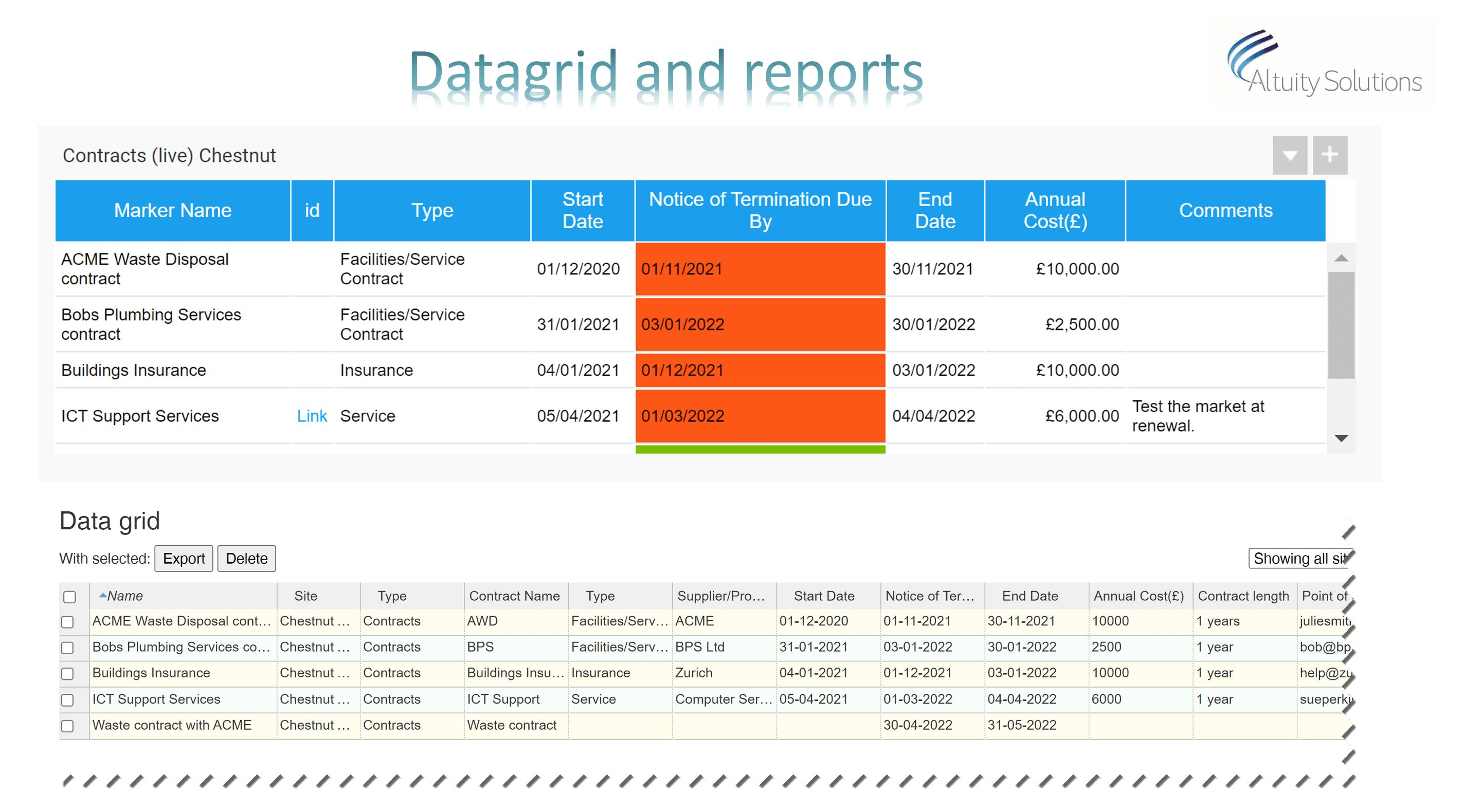
One example of the power of doing this was an Altuity user who were outsourcing some maintenance services to external contractors. However, analysis of the amount of work, trends and costs over time demonstrated efficiency and cost savings would be delivered by in-sourcing particular skills into the user’s in-house estates team. Up until then the assumption had been that all services were equal and so all benefited from being out-sourced.
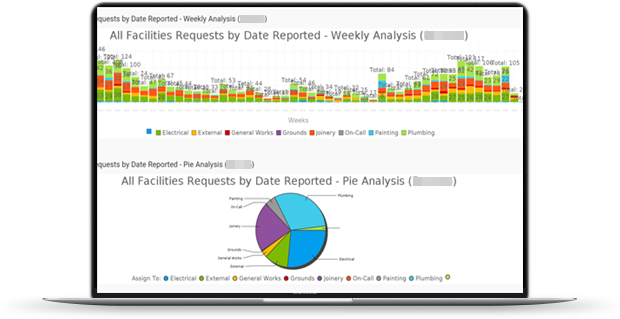
It’s also important that data analytics work at MAT-level to provide overall summaries as well as being able to drill down to individual schools or groups of schools. Time consuming manual data reconciliation or assimulation should not be needed
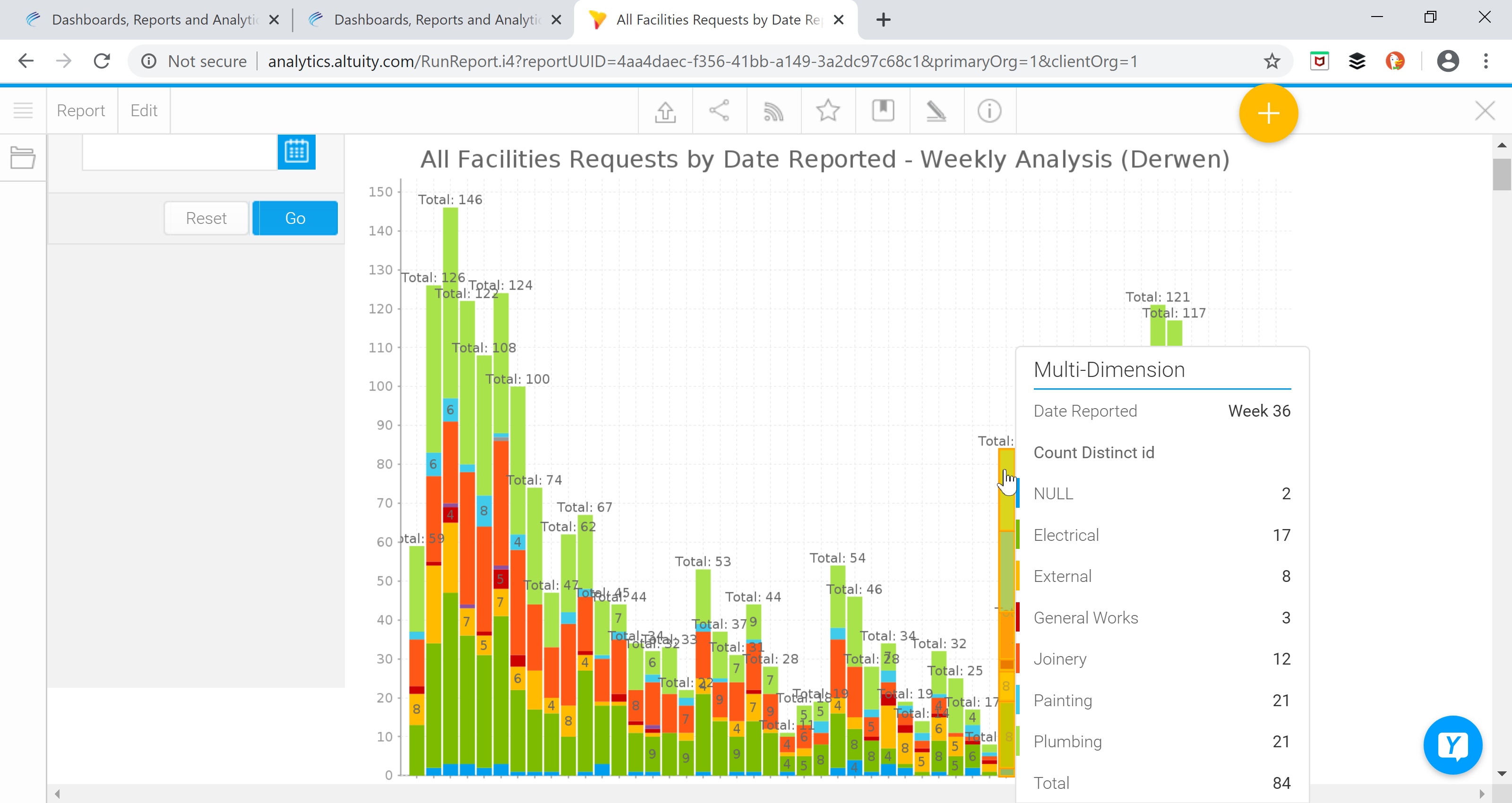
7. Ensure Regulatory Compliance
Stay abreast of regulatory changes and compliance requirements in the education sector. Establish internal controls and audit processes to verify the accuracy and integrity of reported data, ensuring compliance with statutory obligations and accountability standards.
8. Promote Collaboration and Communication
Foster a culture of collaboration and communication among schools, trust leaders, and stakeholders. Encourage sharing of best practices, insights, and lessons learned to drive continuous improvement and innovation in management reporting processes. Put the power of ad-hoc reporting into your estates team’s hands to increase ownership and accountability.
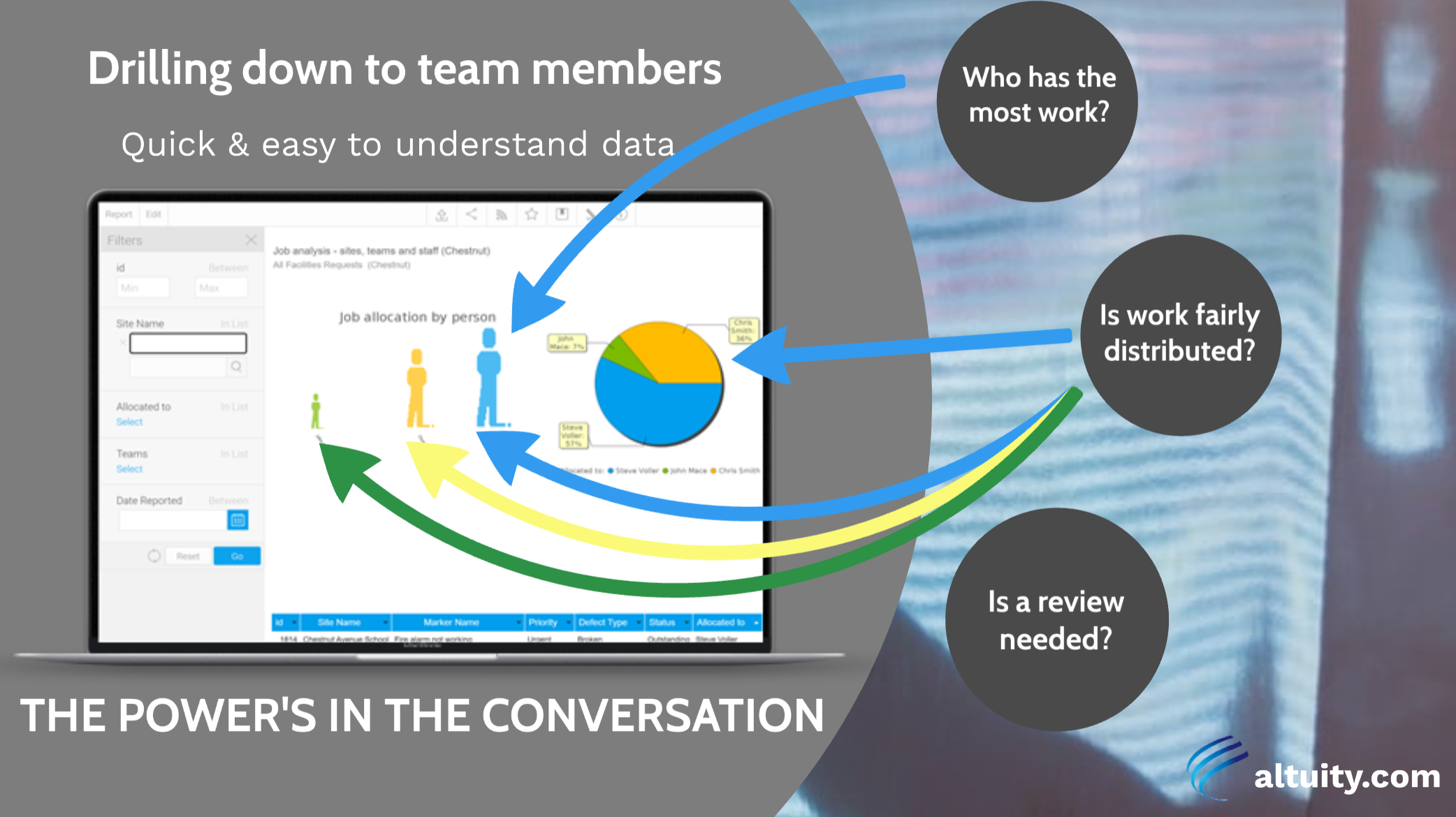
By implementing these 8 ways to improve your MAT’s estate reporting you can effectively address the challenges of management reporting and unlock the full potential of data-driven decision-making. Ultimately improving the quality of information available about your estate will lead to better decisions, better estates and improved spaces for staff and students to work and learn in.
If your trust is facing reporting challenges contact us to see how AltoSites – our asset, maintenance and compliance software – complete with built-in reporting and analytics for MATs can help you.

